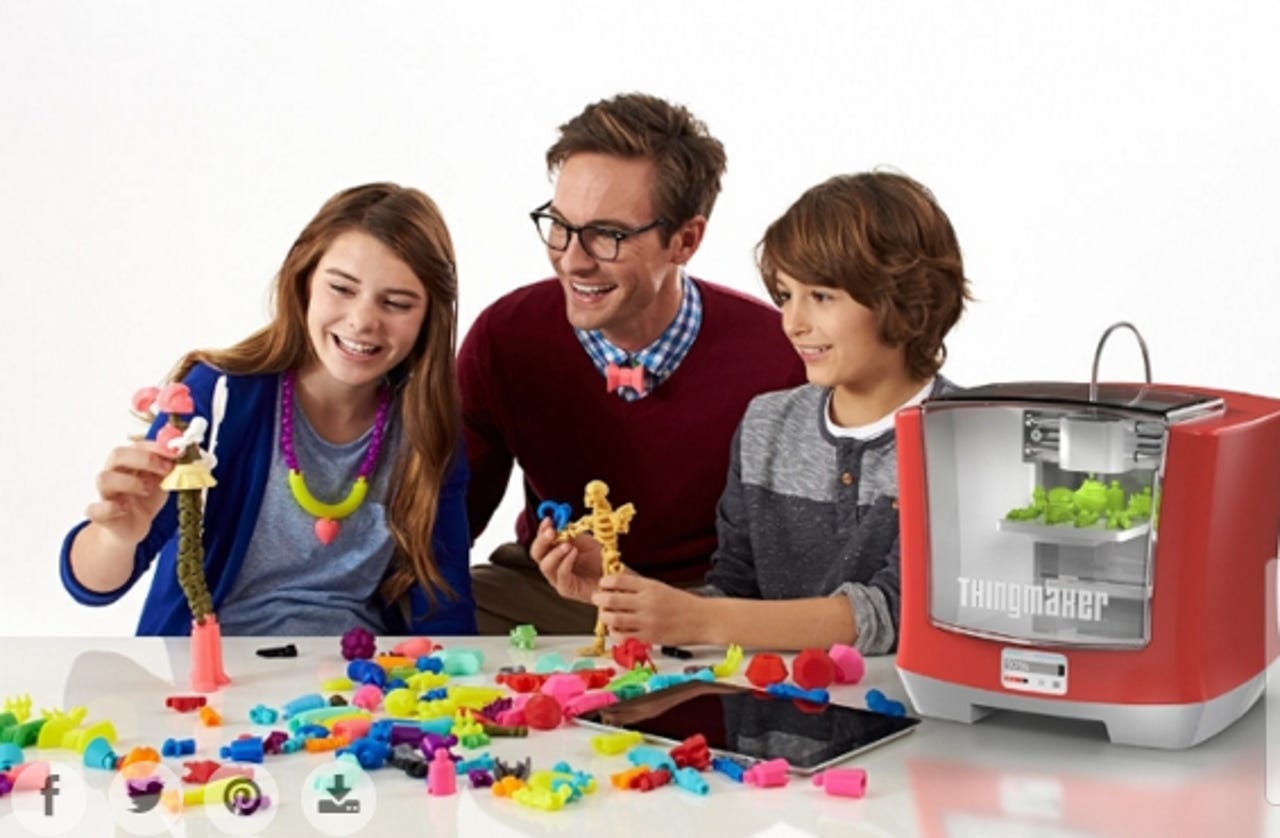3D printing nears inflection point; Mattel ThingMaker may make it mainstream


For all the enterprise momentum, additive manufacturing and sheer returns associated with 3D printing, toymaker Mattel may be the catalyst that makes the technology mainstream.
The 3D printing ecosystem has been building for years. HP Inc. is entering the market with enterprise systems. 3D Elite and WhiteClouds got a lot of quality air time as their 3D printed cast for Carolina Panthers linebacker Thomas Davis, who broke his arm in the NFC Championship game, was noted during the Super Bowl.
Meanwhile, the hooks between apps for creative pros from Adobe and 3D printing systems are being created.
More: 3D printing hands on: Attempting to print a NASA wrench | 3D Systems sees better-than-expected Q4 sales, hefty charge ahead | 3D printing hands on: How to design your first 3D project without tears | Promising trend for innovators: 3D printer prices are falling | 3D printing hands on: How to easily customize objects to the exact size you need
But none of those key developments get the kids talking. Or their parents. Enter Mattel, a toymaker that is embracing digital transformation relatively well.
Mattel launched the ThingMaker Design and ThingMaker 3D Printer at the New York Toy Fair last week. The ThingMaker was a Mattel toy from the 1960s that allowed kids to make their own toys. Now 3D printing enables toys to be created and assembled more easily. Mattel created the ThingMaker with the help of Autodesk.
Perhaps the biggest win for the 3D printing industry is that Mattel's system is priced at $299.99 and available in the fall. That price provides children with a 3D printer that won't break wallets.
Should Mattel's foray work out ThingMaker may be on many wish lists. Parents will put 3D printing on the radar and may just buy a home system at some point. There's a virtuous consumer cycle that may meld with the one for 3D printing on the enterprise side of the equation.
3D printing is a promising market that may just hit an inflection point that will take it mainstream. I'm a bit surprised the company behind Barbie is likely to be the one to spark 3D printing adoption.
A previous version of this story noted the cast for Davis was made by Stratasys.